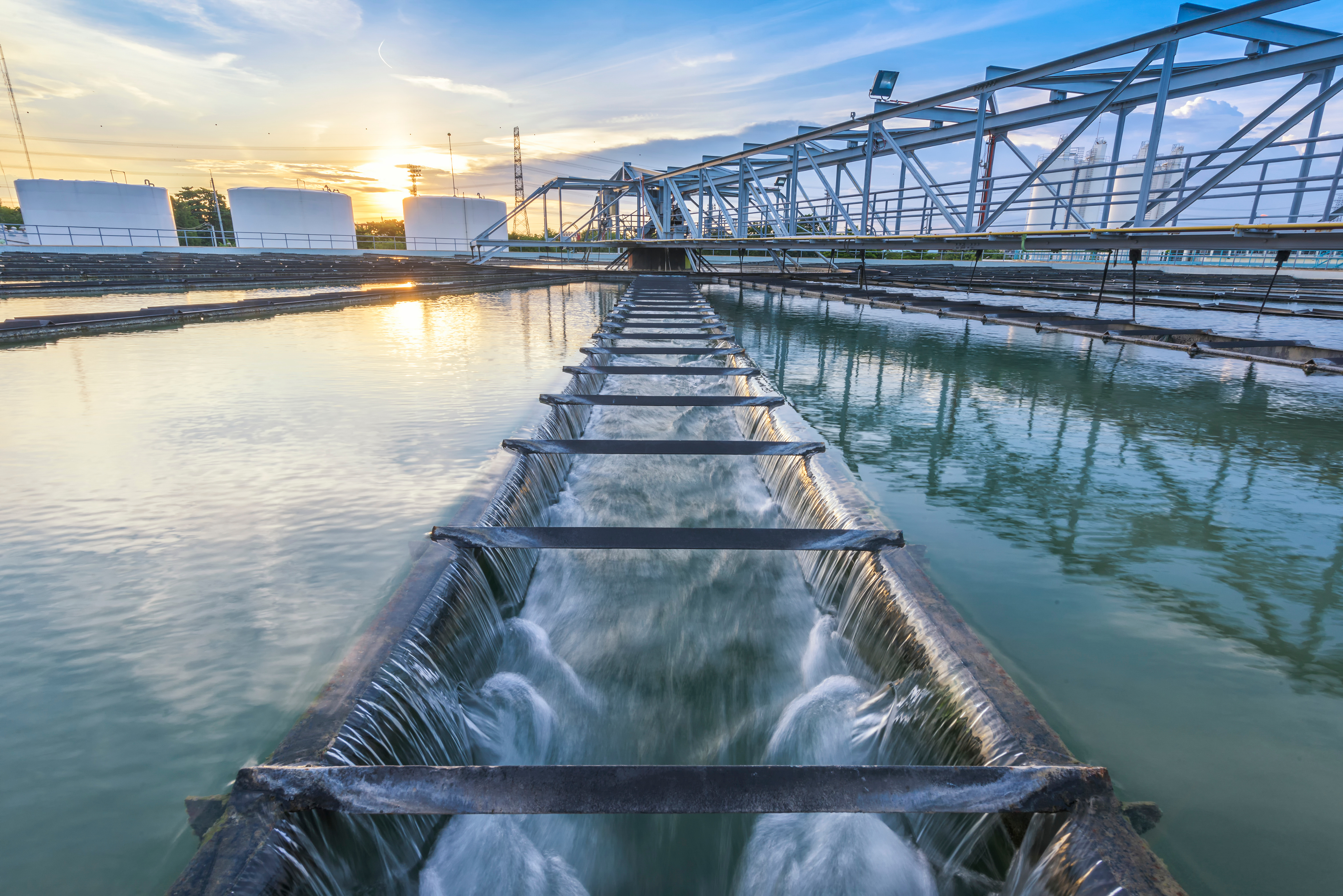
For decades, a class of chemicals known as PFAS, or per- and polyfluoroalkyl substances, has been part of everyday life. If a consumer product is waterproof or stain-repellant, it likely contains one of these 4,700-plus human-made compounds or substances. They’re in the foam used to fight fires and have applications in industries from aerospace to electronics.
Until recently, the public was more aware of the types of products PFAS make possible than the substances themselves, but that dynamic has been changing rapidly. Exposure to some PFAS has been determined to be a “probable link” to such health problems as kidney and testicular cancers, thyroid disease, pregnancy-induced hypertension, high cholesterol, ulcerative colitis, and learning delays in children.
Exposure to PFAS is almost a given today, not only because they’re used in hundreds of common products but also because they can seep into water. What’s more, these substances do not break down easily and are sometimes referred to as “forever chemicals.”
While there are no federal PFAS drinking water standards yet, federal and state environmental agencies are amplifying their efforts to evaluate and regulate PFAS. Private laboratories, meanwhile, are scrambling to support these efforts by expanding their PFAS testing capabilities. All of this is likely to impact companies that use PFAS and even some that don’t.
Expanding Federal Response
Already, a PFAS reporting deadline is approaching. The U.S. Toxic Release Inventory (TRI) Program now requires U.S. industrial facilities and federal facilities to annually disclose products or mixtures that contain any of 172 listed PFAS to the Environmental Protection Agency (EPA). The report for calendar year 2020 is due July 1, 2021.
By next year, the list of PFAS could be longer: Congress has instructed the EPA to continue evaluating PFAS for TRI regulation.
The EPA also has recommended the addition of two PFAS, perfluorooctanoic acid (PFOA) and perfluorooctane sulfonate (PFOS), to the Contaminant Candidate List, meaning they may require regulation under the Safe Drinking Water Act (SDWA).
The EPA must follow up with a proposed maximum contaminant level and a National Primary Drinking Water Regulation for the two PFAS within 24 months, followed by final rules 18 months later. Since President Biden has made environmental protection a high priority, the EPA might act even sooner.
For companies, this could result in extensive clean-up requirements.
A recent article by Bloomberg Law pointed out that even companies that don’t release PFAS could be affected by the new regulations.
“For example, has the property on which a business sits ever had fires that required a local fire department to extinguish flames using foam (historically, a PFAS containing product)?” the article states. “What did the prior site owner use the site for? Did due diligence reports and tests when purchasing the property take PFAS into consideration? Local environmental agencies will pursue cleanup costs from businesses regardless of knowledge or intent, and regardless of whether the PFAS issues resulted from a prior business.”
State Efforts
The momentum to limit the public’s PFAS exposure is building at the state level, too, where we’re seeing new regulations and guidance standards for PFAS in groundwater.
The Texas Commission on Environmental Quality (TCEQ), for example, has published human-health protective concentration levels for 16 PFAS in soil and groundwater.
Michigan recently expanded its minimum PFAS list to 28 for the testing of groundwater, wastewater, and landfill leachate.
And California, in March 2021, issued three notices on PFAS that will increase regulatory, compliance, and litigation requirements for California businesses along with companies that sell products to state residents.
The Role of Labs
Laboratory testing and analysis will be an important piece of the puzzle when it comes to regulating and mitigating PFAS contamination of water and land.
Labs have been striving to increase the number of PFAS they can identify and measure. Eurofins Environmental Testing, which has locations throughout the U.S., announced this year that it can test for up to 75 PFAS compounds.
As labs continue to increase their testing capabilities, environmental agencies likely will lengthen their lists of PFAS to regulate.
New Analysis Methods
The federal government has been working as well to develop more options for detecting and measuring PFAS in the environment.
The EPA, for example, recently developed a method for analyzing 24 PFAS in non-potable (not drinking quality) water. The method is not included in any federal testing requirements; it’s available as a guide to facilitate soil and groundwater testing and cleanup.
Another EPA PFAS analysis method is being developed with the Department of Defense’s Naval Seas Systems Command Laboratory Quality and Accreditation Office and SGS-AXYS, an organization that specializes in the measurement of known or suspected Persistent Organic Pollutants and Contaminants of Emerging Concern. This method will utilize solids (soil, sediment, fish tissue, and biosolids) in addition to non-potable water.
Companies’ Next Steps
We’re very likely to see new federal and state PFAS regulations in 2021 and 2022. Now is the time for companies to begin planning a proactive risk-management strategy.
EDGE has extensive experience in environmental regulations and compliance and can provide guidance.
